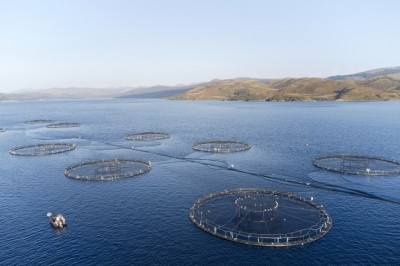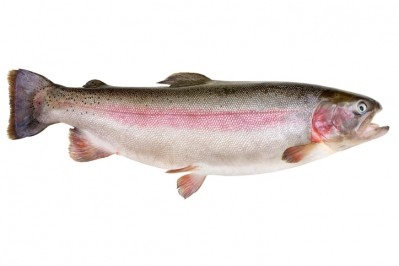Sales challenge laid down in fish oil alternative game

The F3 Fish Oil Challenge runs through mid-September 2019. The competition was launched by the Future of Fish Feed (F3) collaboration, a group comprised of private partnerships, non-governmental agencies and researchers interested in supporting the commercialization of alternative feed ingredients for use in aquaculture.
Although aquaculture has become more efficient in how it uses ingredients like fish oil and fishmeal, more work on alternative ingredients is needed, said the organizers of the contest. The industry still lacks a cost-effective and commercially scaled fish oil alternative, they added.
The current challenge is one way to address that gap, according to event organizers.
“Fishmeal and fish oil are a wild caught resource from forage fish, whose availability varies seasonally, and whose population undergoes wild fluctuations,” they added.
Aquaculture producers have been a primary market for the use of both fishmeal and fish oil, the judges said.
A competition is one way to propel innovation, competition judges said. The success of similar events in the past, like the XPrize, sparked the idea. “Since marine proteins comprise 17% of protein consumption, the competition is also important for the future of global food security,” they added.
This is the second competition for the organization, the first focused on the development and sale of fish-free fishmeal.
Extending fish oil supplies
The fish oil market globally is expected to reach about $4bn by 2020 as the aquaculture industry continues to increase its demand for the feed ingredient, according to F3 information. There also are expanding markets for fish oil within the dietary supplements and pet food sectors.
To feed the increasing global population, seafood production is predicted to need to double, the F3 challenge team said.
“Given that current wild-caught seafood levels are already at a static level, with some declining (according to [the] World Resources Institute) in the past few years, supplying this demand from wild-caught resources is clearly not feasible,” they added. “The shortfall will need to be made up from aquaculture.”
Alternative fish oil products have the potential to “replace and extend” the supplies of fish oil currently generated, said the organizers. They would be a way to meet the expanding demand.
Competition overview
Four contestants are taking part in the ongoing competition, F3 said. These include the UK- and US-based team Aquaculture Innovation and Qualitas Health, Guangdong Evergreen Feed Industry Co Ltd and Shen Zhen Alpha Feed Co Ltd – both based in China, and the DSM and Evonik tie-up, Veramaris, which has its production facility in Nebraska in the US.
Participating teams will be judged based on which has the highest sales of its alternative oil product, according to competition information.
The first sales period in the competition ran from October 1 through December 31 and Veramaris is leading sales at the moment, F3 said.
For an alternative product to qualify for the challenge it has to meet specific criteria including that, it is a powder or liquid, is free of marine animal ingredients and has at least 0.2% ARA, 8.4% EPA and 4.9% DHA as a percentage of the total fat along with an n3:n6 ratio of 12, according to competition information.
The specific levels of omega-3 elements within the alternative fish oil product were established based on an interest in maintaining levels of EPA and DHA found in fish, as the fatty acids are considered important for human health, the judges said.
“The specifications were developed by averaging the fatty acid levels (ARA, EPA, DHA) and omega 3/omega 6 ratio from four different species of forage fish,” they said. The fish used were Pacific sardine, the anchovy, Atlantic herring, and Menhaden.
The fatty acid, ARA, was of interest because it can be used by fish as a precursor to elongate to EPA and DHA, they said.
“We are also cognizant that we need an abundance of omega-3 over omega -6 fatty acids, and they compete in human metabolic pathways,” the judges said. “Too much omega-6 fatty acids decreases the efficacy of omega-3s.”
In addition to raising the product's profile with industry, and the chance to meet with feed companies and potential investors, the competitors have the chance to win a $100,000 prize for generating the most sales.
“The prize is funded through our generous sponsors and crowd-source funding,” the judges added. “The F3 Challenge sponsors include the University of Arizona, University of Massachusetts Boston, Synbiobeta, Anthropocene Institute, Dawson Family Fund, Sustainable Ocean Alliance, Campbell Foundation and The Nature Conservancy.”












